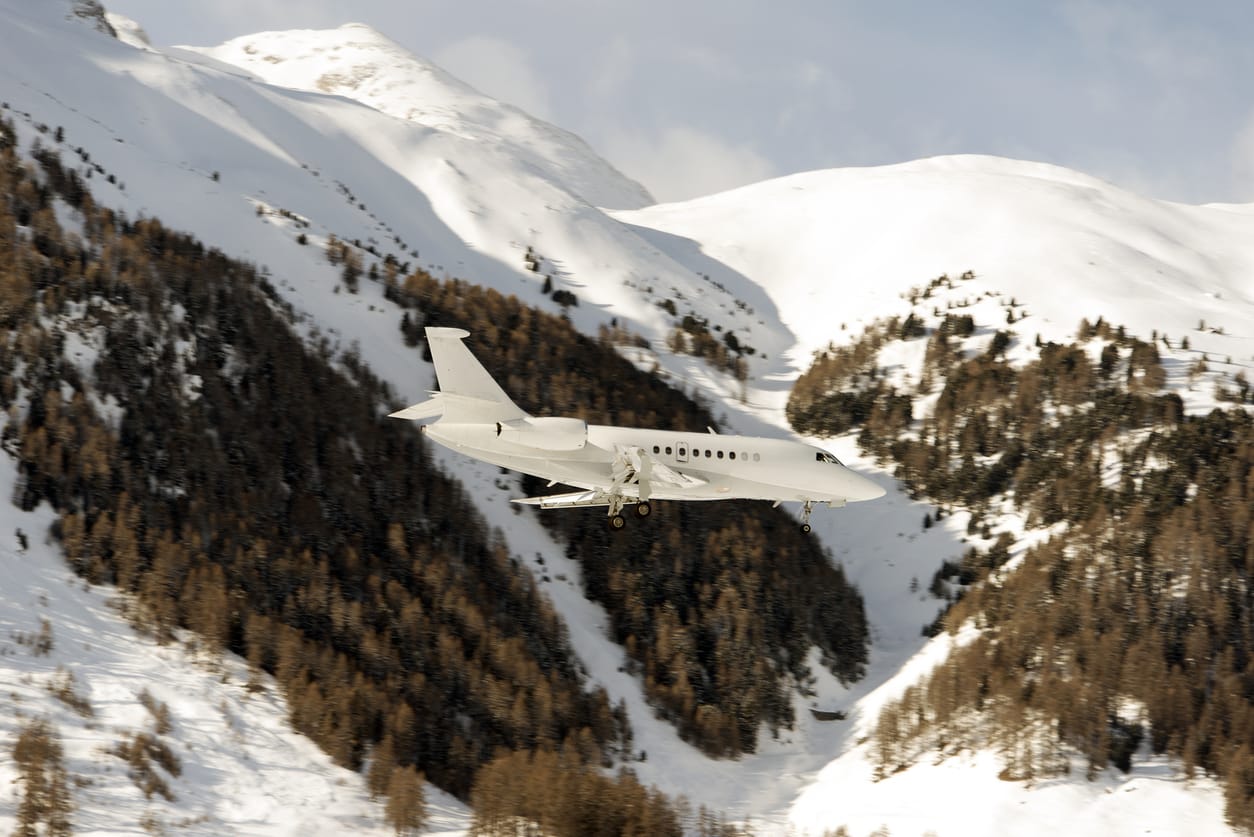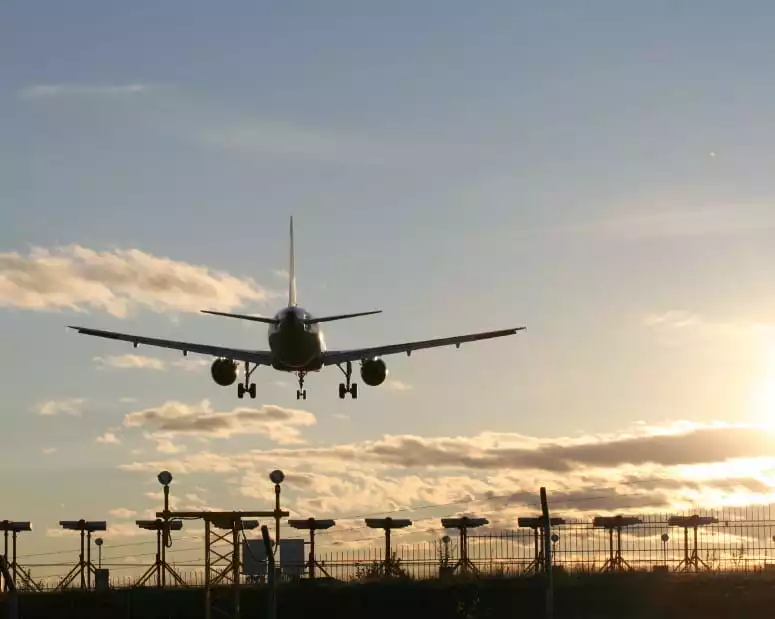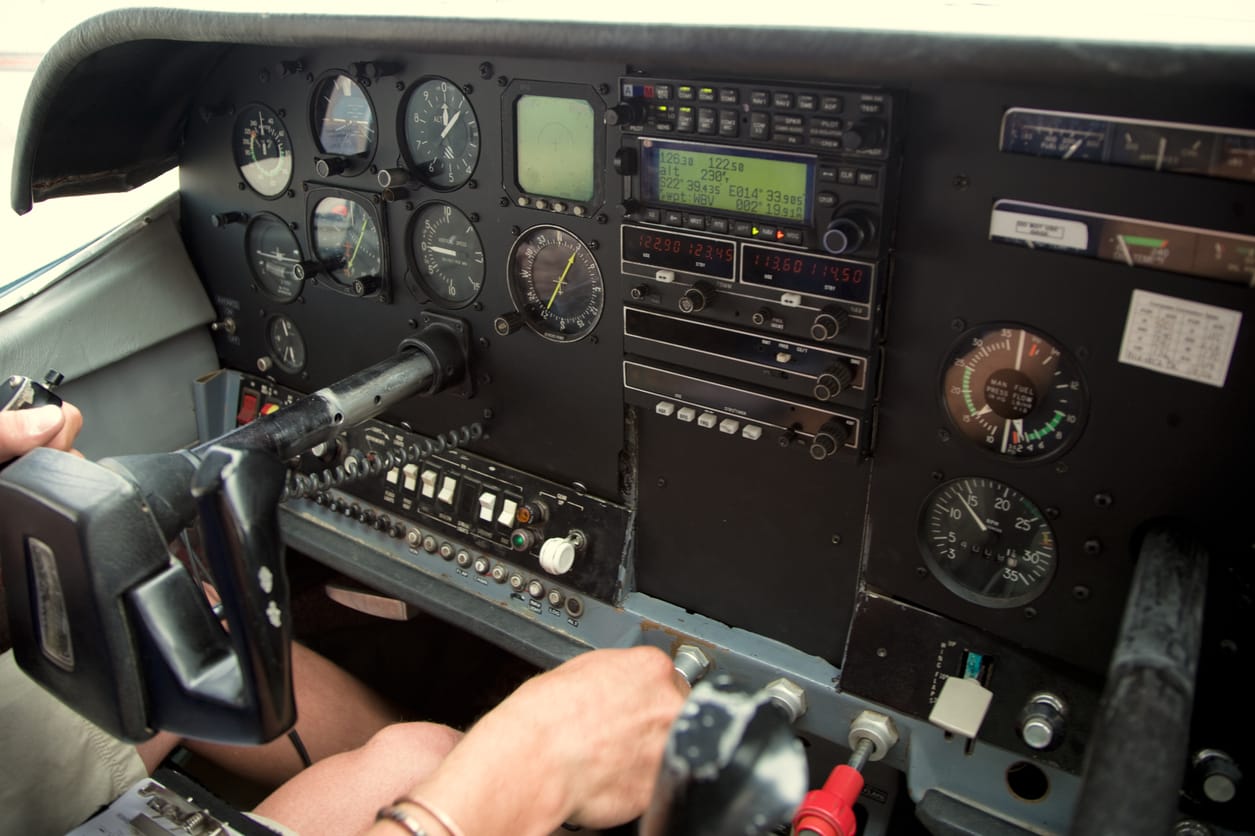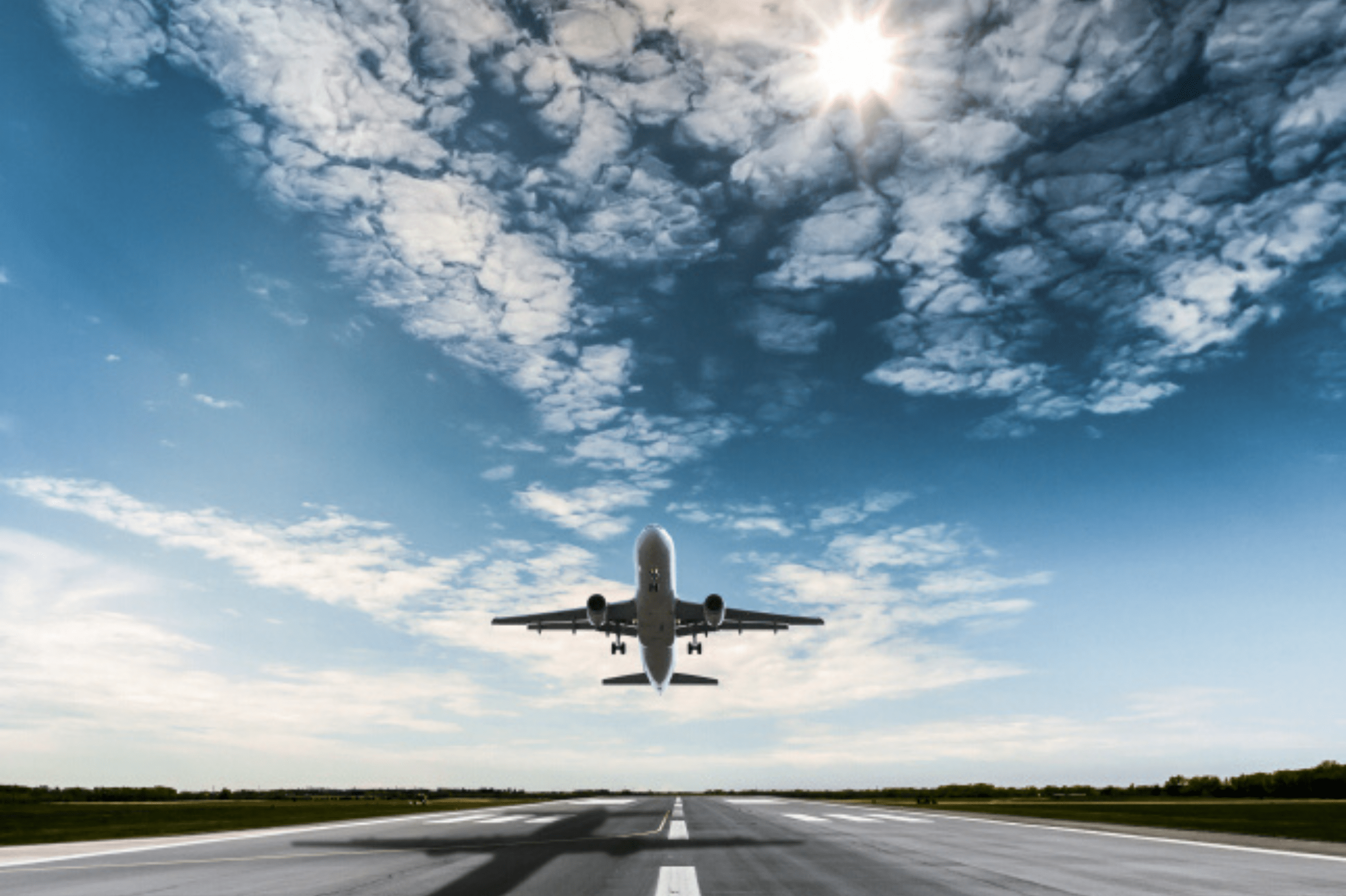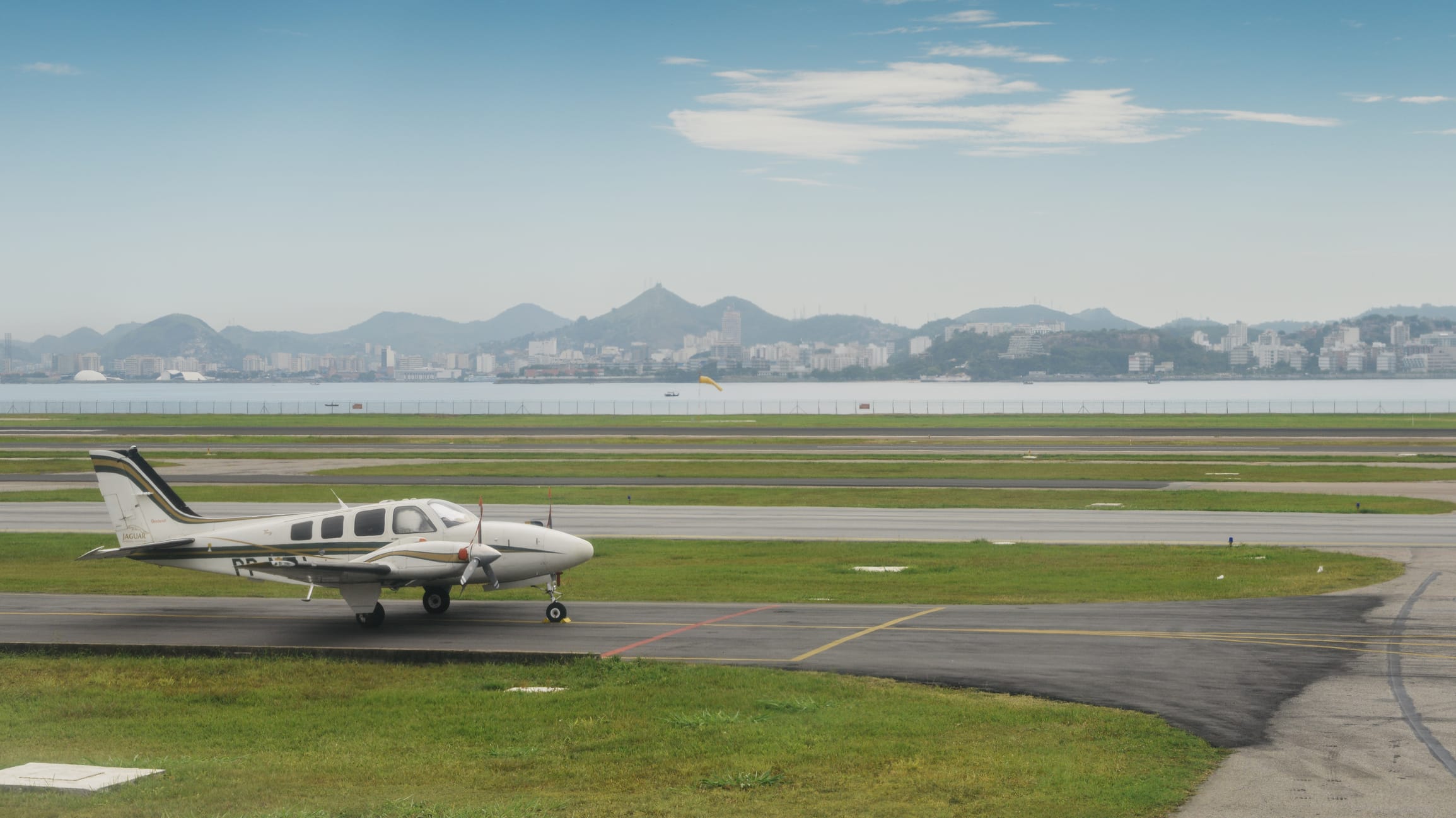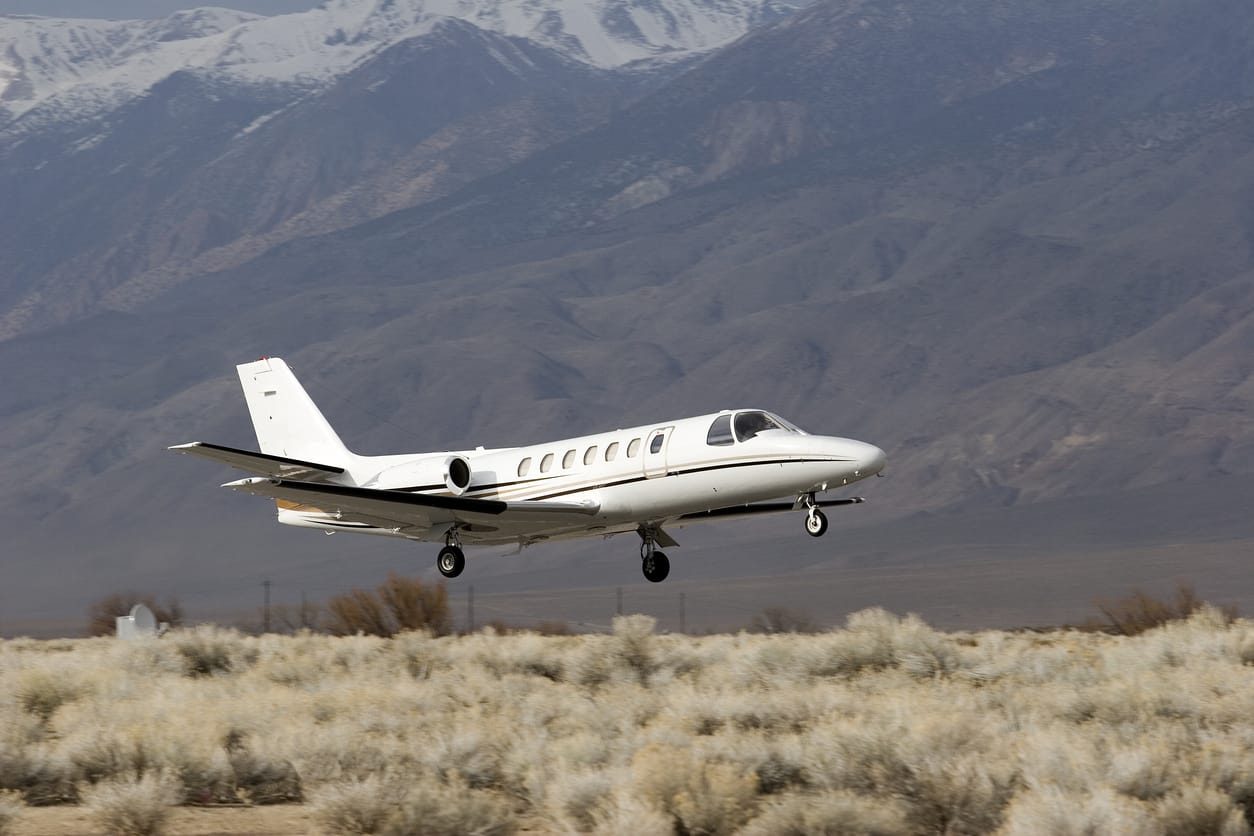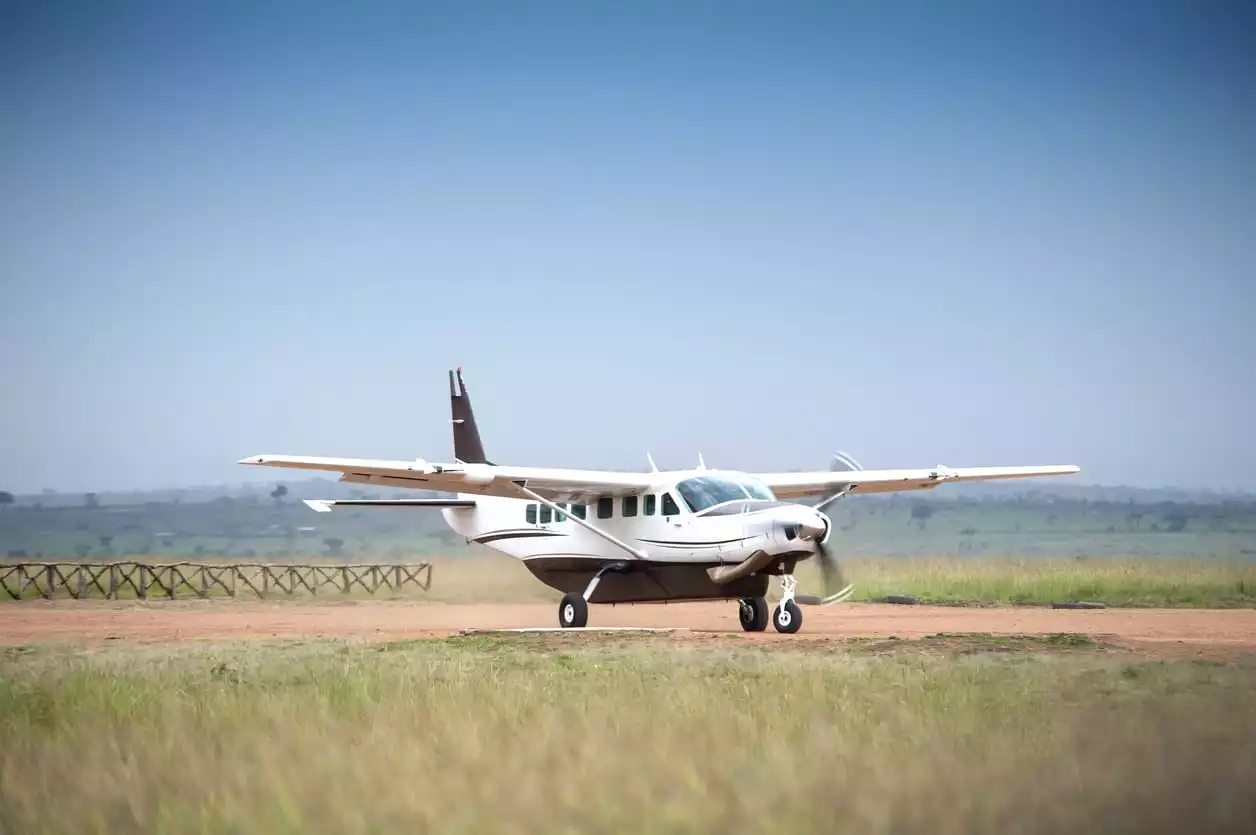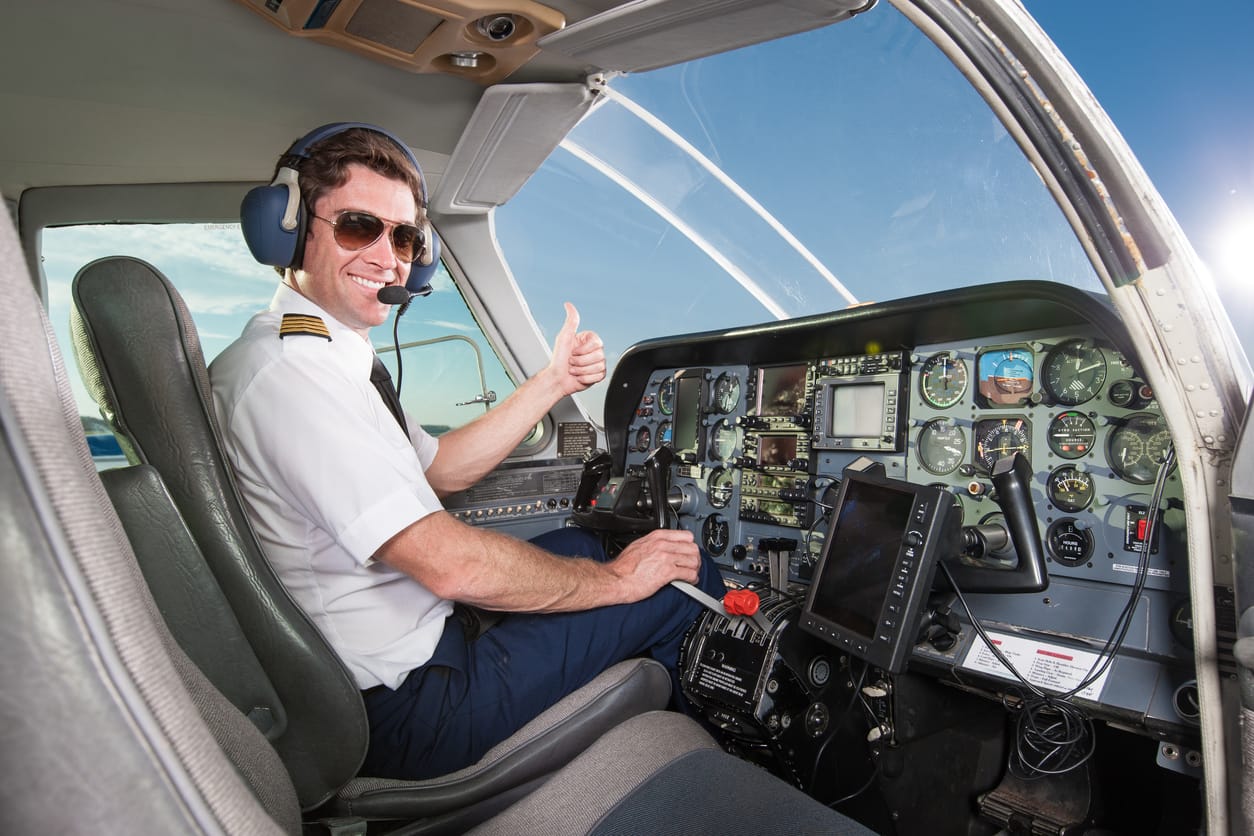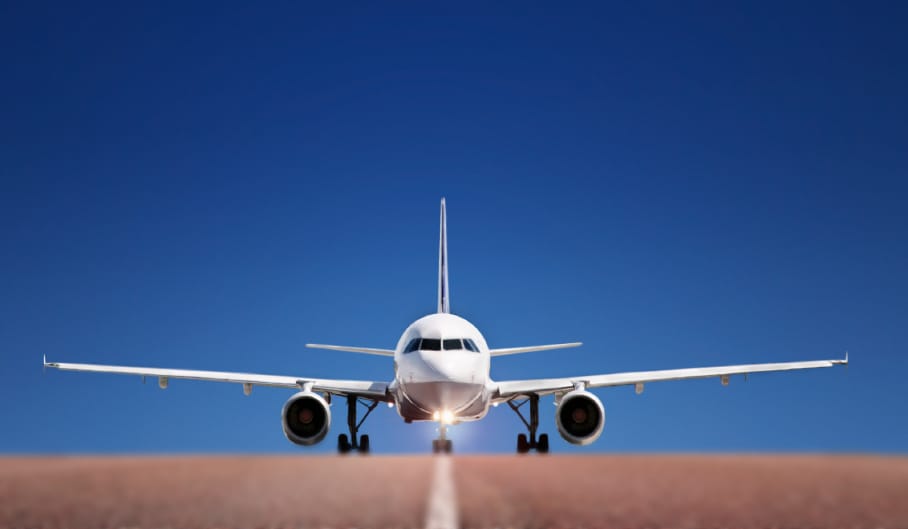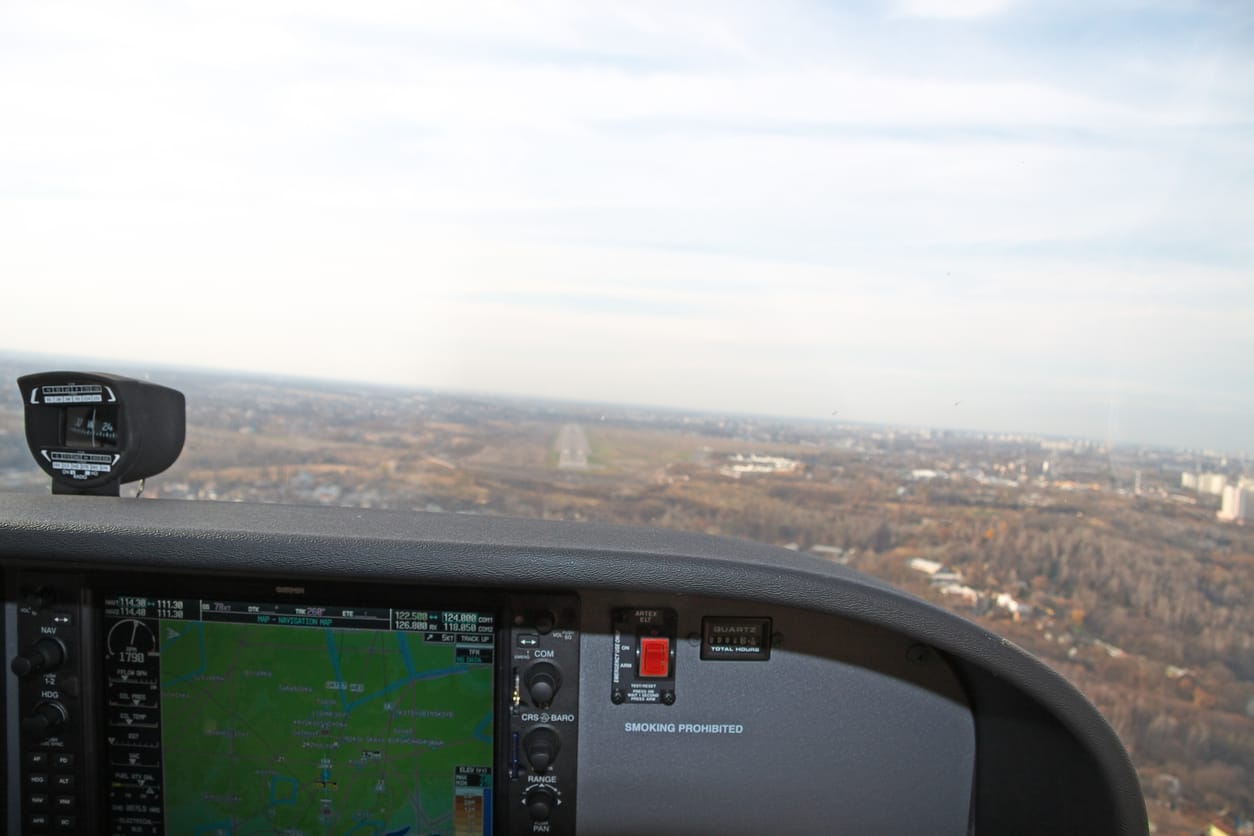With all of the safety advances in equipment and in pilot training, the vast majority of airplane problems are surmountable, and even if an airplane makes its way to the ground against the will of the pilot, in the majority of cases things come out acceptable and nobody dies.
As a matter of fact, after a person learns the basics of taking off, flying, and landing an airplane, in addition to all the other technical stuff like meteorology, regulations, radio procedures, and such, most of the rest of flight training time is taken up and how to deal with emergencies. The reason for this? If anything really does come up in the course of flying, which is exceedingly rare, the pilot will have muscle memory as well as numerous practice sessions in exactly what to do. This is one of the ways that pilots make flying better continually.
This article will address how pilots in private aircraft are usually taught to prepare for an unanticipated landing or possibly a crash landing. The fact is, each different kind of airplane requires its own unique preparation, usually dictated by the Pilot’s Operating Handbook (POH). That’s why a pilot cannot simply rent an airplane from someplace that has them for rent. He or she must go up with an instructor, and the instructor must show them and determine that the potential flyer is completely competent with all of the special safety elements of that particular kind of airplane. The safety culture in aviation is extremely pervasive and that’s why things usually come to a good end.
Nevertheless, there are some commonalities among preparation for hard landings. I think you will find these interesting for how well-thought-out they are, and how effective they are in striving to insulate pilot and occupants against harm.
Some First Steps if a Pilot Suspects a Problem
Accidents and incidents in aviation take place not because one thing has gone wrong, but in almost every case because there is a chain of linked events that lead to the problem. Pilots are taught to scan, to test, to retest, to verify, and in general to keep an extremely intense eye on everything going on with the airplane and the environment. In this way, if one of those links surfaces in the course of the flight, the pilot can usually address it and preclude any kind of problem.
The Earliest Safety Actions
To help ensure that every flight leads to a safe and satisfying conclusion, a pilot will preflight his or her airplane to check all possible systems before even starting up. There are several other steps to checking an airplane over and over again long before the airplane ever leaves the ground.
Additionally, if the pilot has passengers, he or she will give passengers a briefing. You have probably had a briefing on a large airliner. The flight attendants will stand up and show you how to use the seatbelts, show you where the exits are, and so forth. Small or private-airplane pilots also give these briefings, and they include the same kinds of information. This is not only a requirement from the Federal Aviation Administration, but it makes really good sense. All of this is done in the name of safety.
Now let’s say that an airplane is actually headed for a problem. What’s going to happen?
Aviate, Navigate, Communicate
It is possible that something may occur which the pilot cannot remedy immediately. In this case, the pilot will follow the dictum that directs his or her actions throughout aviation: Aviate, Navigate, Communicate.
Aviate
What this means is that the pilot must first put all effort into flying and controlling the airplane (Aviate). Nothing else matters if the pilot does not control the airplane, including, if necessary, doing what is called an off-airport landing. This basically means landing on something like a field or a road – maybe a freeway – or even water in a controlled way. Pilots tend to avoid actual crashes whenever possible!
Navigate
Once the pilot feels assured that he or she is in full control of the aircraft, even if something like an engine failure has occurred, then the pilot must determine where to go (Navigate). In the short term with a big problem, this could mean just finding the most appropriate spot to land the airplane off-airport. In other cases, however, it may simply mean landing at an airport that is much closer than the original intended destination.
Gliding
When an airplane loses an engine (that’s aviation-speak for the engine[s] no longer producing power), unlike in the movies where the flying machine simply plummets straight to the ground, airplanes glide.They do so just like gliders, but airplanes are somewhat heavier. Some airplanes can glide several thousand feet for every mile they are up in the air, so the pilot has tons of time to either get to a nearby airport or perhaps select the landing area within a large radius from where the issue may have occurred.
Communicate
Once the pilot has commanded the airplane and has determined where he or she is going to fly, there is luxury time to Communicate the information, typically to air traffic control (ATC). This can help get assistance to where the airplane will land, to move other airplanes out of the pilot’s intended flight path. And anything else ATC can do. The Aviate, Navigate, Communicate dictum is the foundation for helping to ensure maximal safety in the face of a potential problem.
Passenger Briefings when Facing Adversity
Once the pilot has taken care of the airplane and its systems, knows where he or she is going to head, and has communicated where appropriate, if there is extra time the pilot will give the passengers a briefing about what to do. Yes, the passenger communication is the lowest priority, but I bet you can see why.
If the airplane is expected to land off-airport, the passengers will be told to take sharp things out of their pockets, to take off any glasses or contact lenses, and to place some thick padding between themselves and whatever is directly in front of them. This is virtually identical to what flight attendants would tell passengers in a transport-category jet if it were in a similar situation. All of those things help protect the passenger from the potential for injury.
When Touchdown is Imminent
All pilots must study something called the pilot’s operating handbook (POH) before they are permitted to fly a particular manufacturer’s airplane. The POH includes information on how to prepare the aircraft for a hard landing. In some cases, the doors to the airplane should be opened prior to landing. Why in the world would we do that? Because if an airplane lands hard and the doors are shut, a slight bend in metal may render the door unopenable. This helps guarantee that pilot and passengers will be able to exit the airplane easily, or, in a worse scenario, that rescue personnel can get to the people in the airplane.
The pilot will also take steps to minimize the potential for a fire. This includes shutting off all fuel that would otherwise get to the engine compartment and shutting off electrical paths that can make their way into the cockpit. All of this tends to make the airplane much more crashworthy and much less likely to create additional problems once everyone is safely on the ground.
What the Best Pilots Do
You can see that pilots are trained to take care of business very quickly if any potential problem seems to be developing. Part of the practical test to become a pilot involves having numerous fake emergencies take place. The federal aviation administration representative testing the pilot sees how she or he handles the situation according to the POH.
The best pilots practice responses to issues and simulated emergencies much more often than once every two years. Many pilots will go over emergency procedures in their heads before every single flight. This kind of approach to aviation – to keep safety foremost every moment one is dealing with aircraft and flying – is what sets the very best pilots apart. They go far beyond standard pilot training.
Also, every two years (in some cases more often depending on the pilot, type of airplane, and other factors), a pilot must be retested in something called a flight review. All flight reviews include additional drill in handling potential minor and major problems.
Supporting the safety culture within aviation is probably the most important part of flying for everyone. We have made great strides in the past decades in how pilots and airplanes handle this task. And we are always improving.
Ready to soar in your aviation career?
Mr. Matthew A. Johnston has over 23 years of experience serving various roles in education and is currently serving as the President of California Aeronautical University. He maintains memberships and is a supporting participant with several aviation promoting and advocacy associations including University Aviation Association (UAA), Regional Airline Association (RAA), AOPA, NBAA, and EAA with the Young Eagles program. He is proud of his collaboration with airlines, aviation businesses and individual aviation professionals who are working with him to develop California Aeronautical University as a leader in educating aviation professionals.
